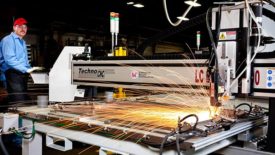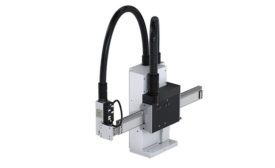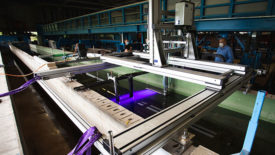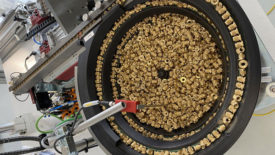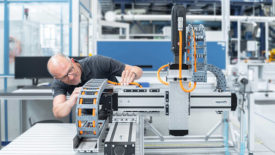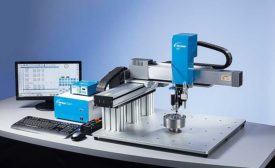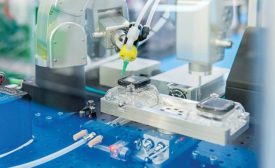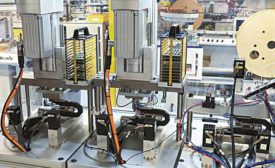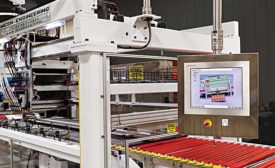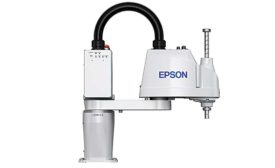Home » Keywords: » Cartesian robot
Items Tagged with 'Cartesian robot'
ARTICLES
New & Noteworthy
Pick-and-Place Module for Long Strokes With Short Cycle Times
November 9, 2023
The Role of Vision in Robotic Dispensing
Vision-guidance can improve the speed and precision of robotic dispensing processes
May 7, 2020
Small Robots Play a Big Role in Automation
Compact tabletop machines are becoming more popular with manufacturers
April 2, 2020
EVENTS
Webinar Webinar
10/11/23 to 10/11/24
Contact: Meg K.
Optimizing Pick-And-Place With Cartesian Robots
Get our new eMagazine delivered to your inbox every month.
Stay in the know on the latest assembly trends.
SUBSCRIBE TODAY!Copyright ©2024. All Rights Reserved BNP Media.
Design, CMS, Hosting & Web Development :: ePublishing
